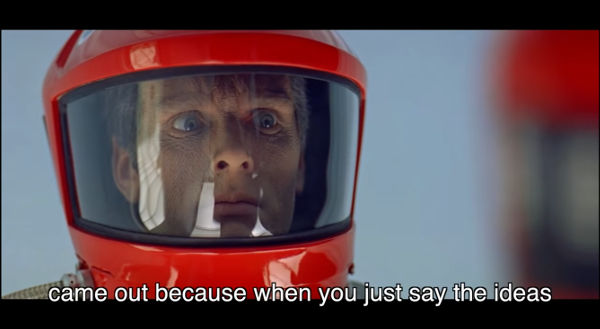[14:24 Sun,18.November 2018 by blip] |
Whoever directs a film has -- in an ideal world -- control over the pictorial and content design. In reality, things usually look different, all kinds of factors such as budgets, time pressure, coincidences, etc. more or less stand in the way of a free, creative development, so that in the end some can be happy if a finished film is made at all. Nevertheless, the director remains in charge of the filmmaking process: what can be seen when and for how long? In which order? What happens? The question "What was the author trying to tell us?" is often raised when literary works are discussed, and similar considerations are also heard in the film world. In our opinion, however, the question of how to read a text or what can be seen in a film is more appropriate. Because speculations about a possible artistic intention can be amusing, but in the end they are rather feeble, what counts is the result. What should have been there, but can&t be found, doesn&t matter anymore. However, it&s always surprising how differently a film is perceived by different people. Of course, in terms of favors; what pleases one person bores or confuses or repels another. But also what sense is read out or interpreted into is truly astonishing. This is made possible, among other things, by the elusive subtext of a work, i.e. what seems to be implicitly contained, but is not obviously thematized. This subtext may well be intentional in film design, but it is usually also created by itself through unconsciously flowing evaluations, the sign effect of the image content shown, quotations, the music used, even about the actors and their image, possibly from other films. By the way, it is not uncommon for a rich subtext to distinguish an excellent film from a mediocre one, since the viewer is given sufficient space to participate. The following clip raises the question of whether a film can actually be overinterpreted, and also lets some directors have their say (among them Kubrick and Tarantino).  deutsche Version dieser Seite: Film und der Subtext der Bilder (und was hineingelesen wird) |





